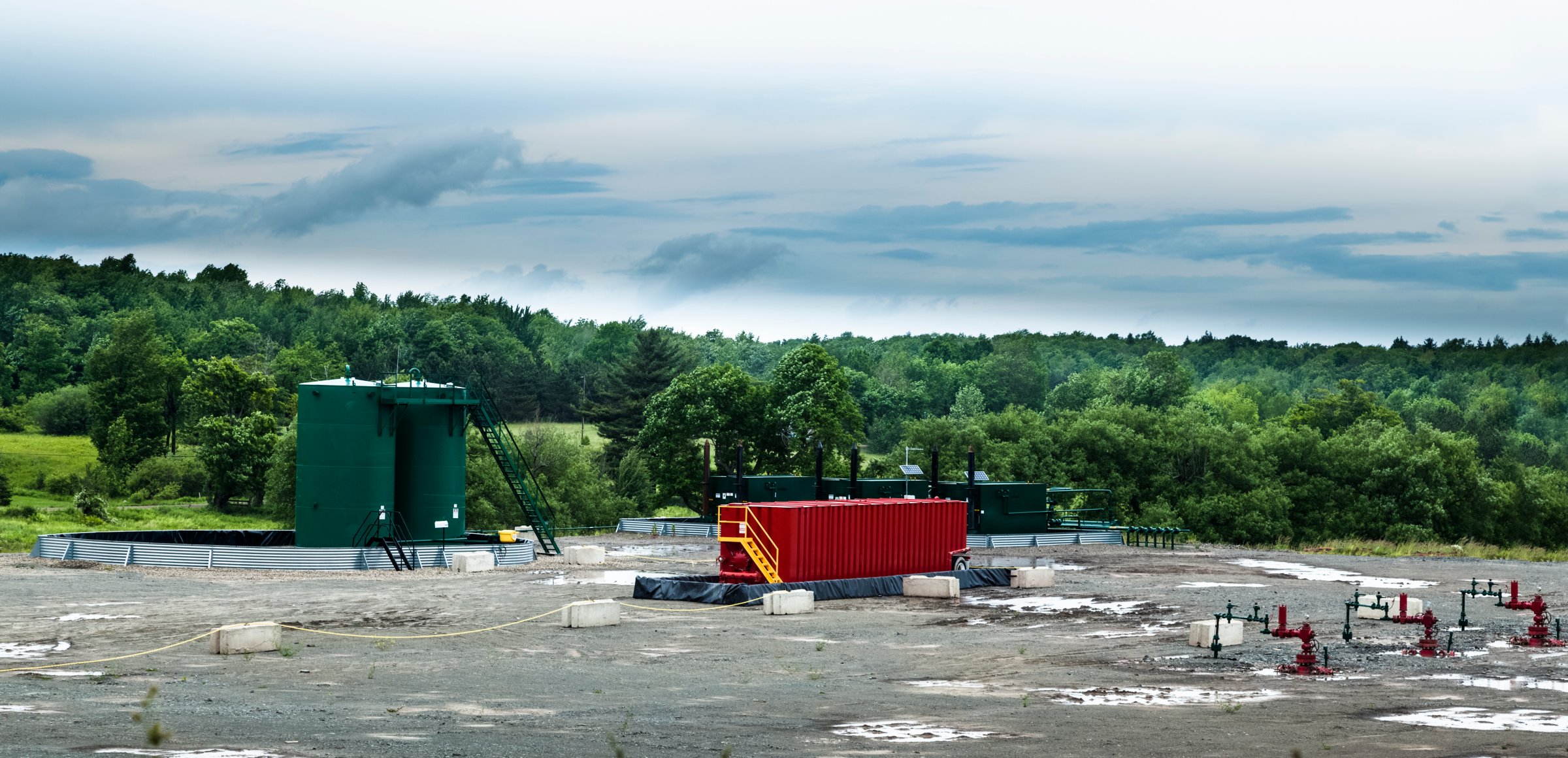
U.S tight oil production from shale plays will fall more quickly than most assume.
Why? High decline rates from shale reservoirs is given. The more interesting reasons are the compounding effects of pad drilling on rig count and poorer average well performance with time.
Rig productivity has increased but average well productivity has decreased. Every rig used in pad drilling has approximately three times the impact on the daily production rate as a rig did before pad drilling. At the same time, average well productivity has decreased by about one-third.
This means that production rates will fall at a much higher rate today than during previous periods of falling rig counts.
Most shale wells today are drilled from pads. One rig drills many wells from the same surface location.
The Eagle Ford Shale play in South Texas is one of the major contributors to increased U.S. oil production. A few charts from the Eagle Ford play will demonstrate why I believe that U.S. production will fall sooner and more sharply than many analysts predict.
Read more: Why The World Needs Both Shale And Tar Sands
The first chart shows that the number of active drilling rigs (left-hand scale) in the Eagle Ford Shale play stabilized at approximately 200 rigs as pad drilling became common. The number of producing wells (lower scale), however, has continued to increase. This is because a single rig can drill many wells without taking the time to demobilize and remobilize. In other words, drilling has become more efficient as less time is needed to drill a greater number of wells.
The next chart below shows Eagle Ford oil production, the number of producing wells and the number of active drilling rigs versus time.
This chart shows that production growth has not kept pace with the rate of increase in new producing wells since mid-2012. That is because the performance of newer wells is not as good as earlier wells.
Read more: A Word Of Warning About EIA Forecasts
The final chart shows that the rate of daily production is now more dependent on the number of drilling rigs than on the number of producing wells. Rig productivity—the barrels per day per rig—has increased but average well productivity—the barrels per day per well—has decreased. In other words, production can only be maintained by drilling an ever-increasing number of wells.
Average rig productivity has almost tripled since early 2012. Average well productivity has decreased by one-third over the same period. This means that every rig taken out of service today has more than three times the impact on daily production as before pad drilling became common.
Most experts do not anticipate any significant decrease in U.S. tight oil production in the first half of 2015. Their analyses may not have accounted for the effect of pad drilling and the decrease in average well productivity.
Using the Eagle Ford Shale as an example, U.S. oil production should fall sooner and more sharply than many anticipate. This will be a good thing for oil price recovery but maybe not such a good thing for the future profitability of the plays.
This article originally appeared on Oilprice.com.
More from Oilprice.com:
More Must-Reads From TIME
- The 100 Most Influential People of 2024
- The Revolution of Yulia Navalnaya
- 6 Compliments That Land Every Time
- Stop Looking for Your Forever Home
- If You're Dating Right Now , You're Brave: Column
- The AI That Could Heal a Divided Internet
- Fallout Is a Brilliant Model for the Future of Video Game Adaptations
- Want Weekly Recs on What to Watch, Read, and More? Sign Up for Worth Your Time
Contact us at letters@time.com